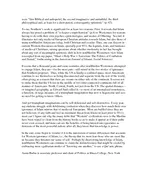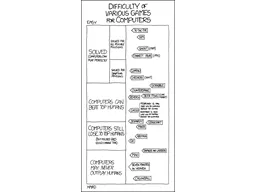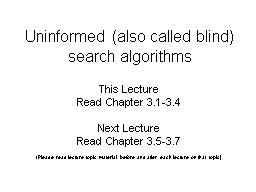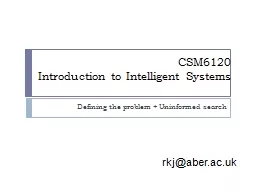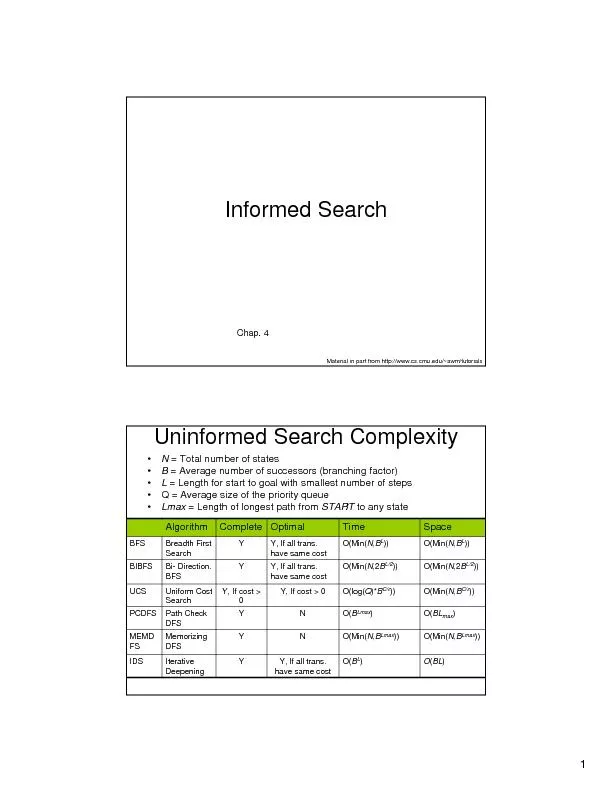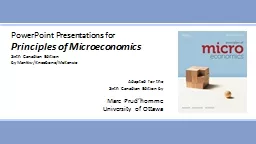PPT-Uninformed Search
Author : cheryl-pisano | Published Date : 2015-10-31
Jim Little UBC CS 322 Search 2 September 12 2014 Textbook 35 1 CPSC 322 Lecture 4 Slide 2 Search is a key computational mechanism in many AI agents We will
Presentation Embed Code
Download Presentation
Download Presentation The PPT/PDF document "Uninformed Search" is the property of its rightful owner. Permission is granted to download and print the materials on this website for personal, non-commercial use only, and to display it on your personal computer provided you do not modify the materials and that you retain all copyright notices contained in the materials. By downloading content from our website, you accept the terms of this agreement.
Uninformed Search: Transcript
Download Rules Of Document
"Uninformed Search"The content belongs to its owner. You may download and print it for personal use, without modification, and keep all copyright notices. By downloading, you agree to these terms.
Related Documents


